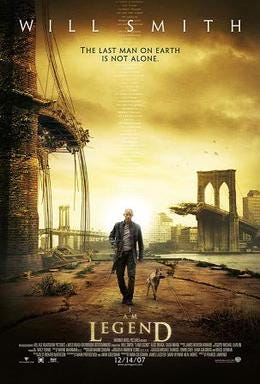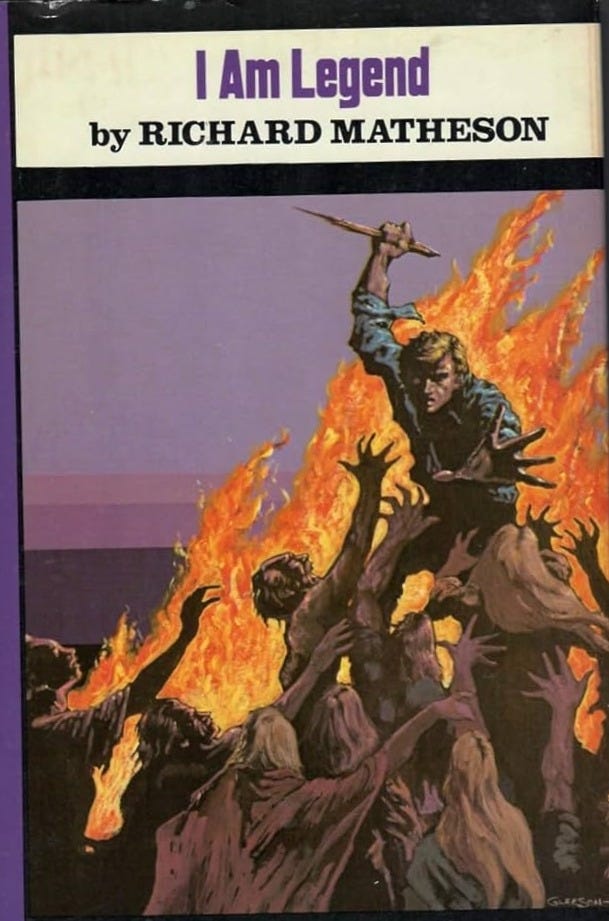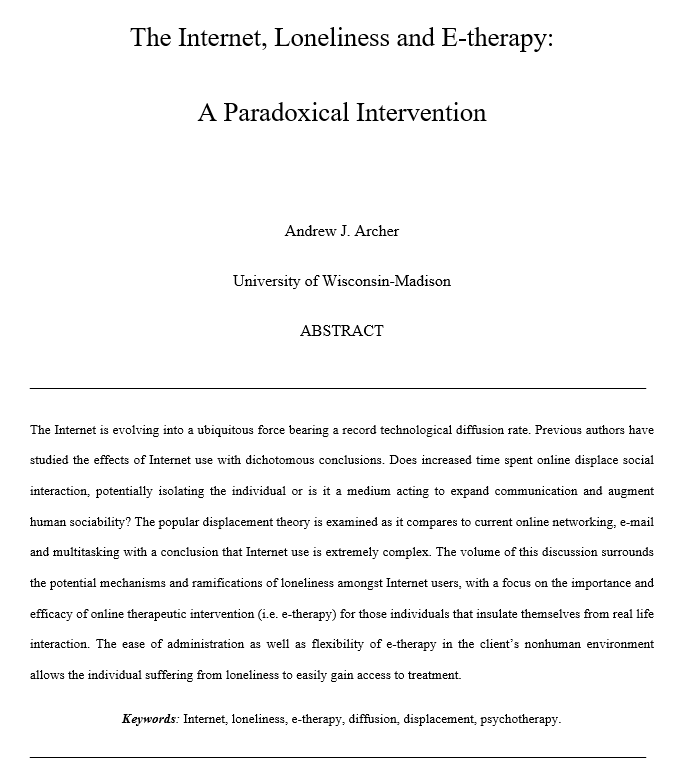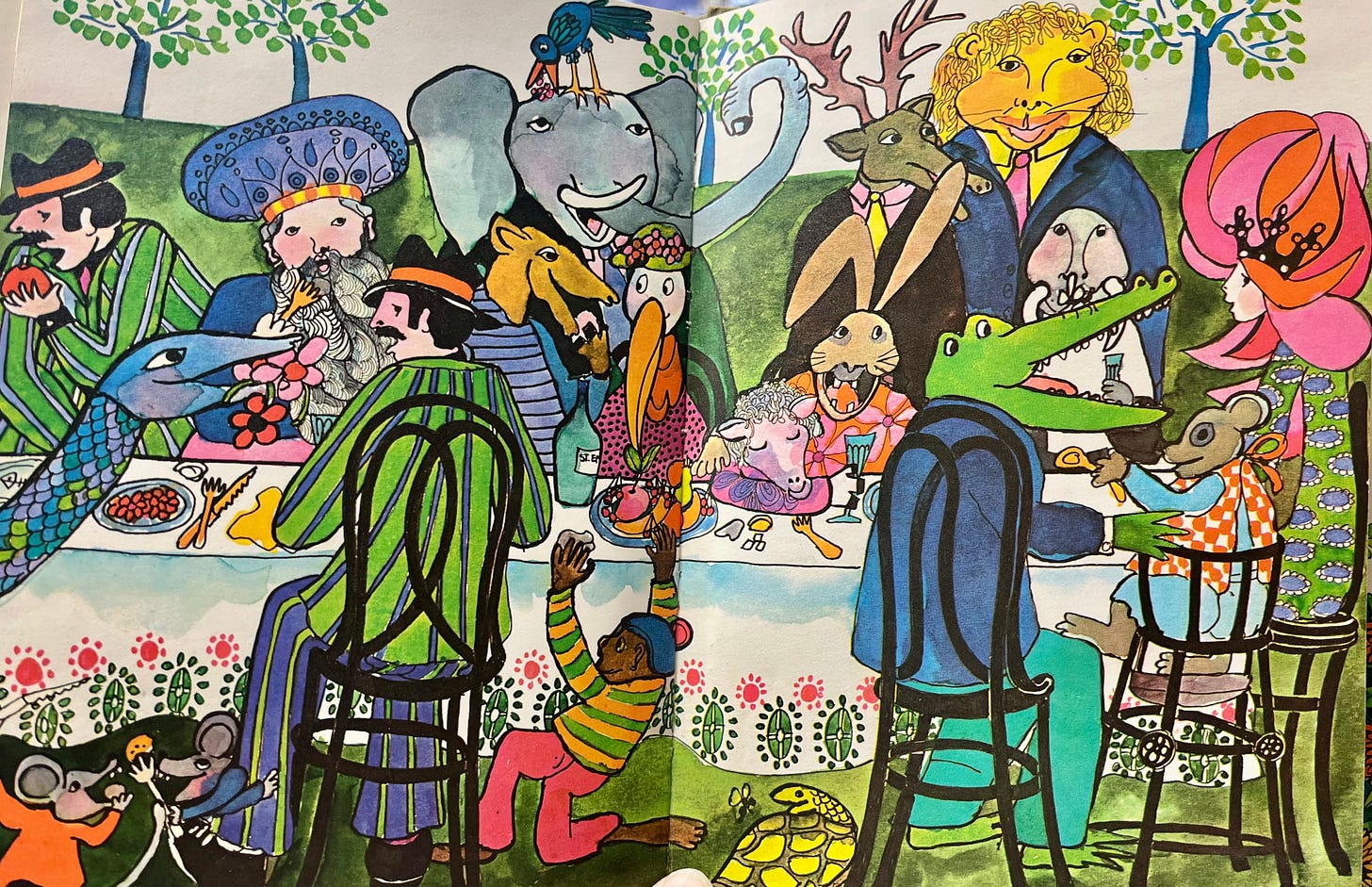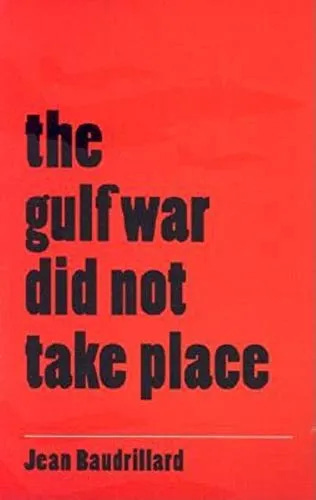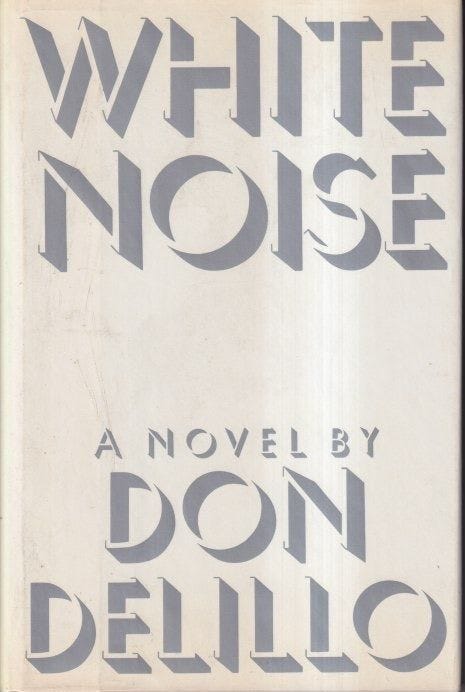Part I (Jean Baudrillard, Deterrence & Countertruth) is listed here: The Covid Pandemic Did Not Take Place. Part II (below) A Personal Reflection can be read first or second in terms of the order of the two articles.
THE COVID LEGEND
The 2007 post-apocalyptic film I Am Legend stars Will Smith. He plays the US Army virologist Robert Neville who lives in New York City. The story of the film is that a virus that was originally meant to cure cancer has eliminated most of mankind. The preface is that Will Smith’s character is the ostensible last man standing. He is engaged in an ongoing battle with humans who have mutated into nocturnal killing machines. The film is based on the horror novel of the same name that was published in 1954.
The movie version I Am Legend is entertaining because it reflects the 1950s Cold War immunological age. The period in America is marked by the xenophobic fear of the demonized other. The Covid-19 pandemic resurrected the Cold War paranoia of an enemy from within.
The I Am Legend film opens with a recorded video clip that predates the apocalypse. The scientist Dr. Alice Krippin is interviewed, and she reveals her miraculous cancer cure. In a television interview, she explains the premises of her research. Her description—“work for the body and not against it”—reminded me of the idea of gain of function research. This involves genetically altering an organism to enhance the biological functions of gene products.
Dr. Krippin’s program took the measles virus (“something designed by nature”) and genetically reengineered it. Covid-19 was said to either have occurred in nature (bat) or was manmade (lab). In I Am Legend the virus was reprogramed “to make it work for the body rather than against it.” The virus was altered “at a genetic level to be helpful rather than harmful.” The mRNA therapies were said to trigger an immunological response of the body to protect it from Covid-19 and help it fight it off. In 2020, my children’s pediatrician stated that the mRNA vaccines “wrote a software code” or script in the body, so the body believed it had the virus to create immunity and defense against it. This is a mechanistic view of humans and the body whereby we are machines running on genetic software that can be manipulated by digital inputs.
In the opening of I Am Legend, Dr. Krippin mechanically analogizes the human body with a highway and a fast car being driven by a virus. This car-virus is being driven by “a very bad man.” To consider reducing the damage of such a car on a highway she considers replacing the bad man driver (virus) with a police officer (enhanced, altruistic virus): “the picture changes.” The mRNA interventions were said to turn the human body into an enhanced car to better operate. In the film, the medical innovation results in over 10,000 patients becoming cancer free from her research. Later we learn of the unforeseen devastating results.
“I” AM THE COVID LEGEND
As a separate individual or Ego, we each have our own legend of what the “Covid” era was. The “I” story is based on our subjective experience of “reality.” Until now, I have not written anything public about my views or happenings of the Covid-19 pandemic.
Two important things were happening for me at the beginning of the year 2020:
I finally got over a child-like fear of “getting sick.” At the time, I had a 3-year-old and 1-year-old who were in daycare, and I had a very part-time teaching gig at their childcare center. I had a captive audience to teach mindfulness and meditation. So, I lived and breathed little-people snot, coughs, and germs. For example, the meditation striker used to initiate the practice with a singing bowl became a saliva-rich chew toy for toddlers. Therefore, I realized and conquered the inherent dualism of “sick” and “not sick.” On a relative level there is “sickness” and “health,” but in parental sense, 70% personal health (including adequate sleep) with newborns and toddlers is very “healthy.”
In 2020, I was studying our increasingly symbiotic relationship to the “virtual world” and giving lectures on it. This was analyzed using the personality structure from transactional analysis and the psychological concept of symbiosis. The manuscript I was working on was titled, Craving: What the Virtual World is Doing to Us and What We Can Do About It. On that note, I had also just purchased Shoshana Zuboff’s book The Age of Surveillance Capitalism.
Therefore, in the spring of 2020 I was wise to Big Tech’s concealed motivations for total immersion in the digital sphere. Silicon Valley hypes its products and then hypnotizes its users to ensure they stay engaged on the platform. Currently, this is being done with “AI” (machine learning). I had been patiently waiting for a catalyzing event where Big Tech would push immersive digital technologies, e.g., metaverse, to the masses. Covid created the conditions for a psychological “mass formation” whereby the masses would be confused and hypnotized. This type of mass fear led to many individuals demanding more social control by authorities. Don’t get me wrong, I was as scared as anyone else was of catching this thing called Covid-19 and more specifically, for my kids to get the supposed virus.
PSYCHOTHERAPY IN THE IMMUNOLOGICAL AGE
The vast majority of my colleagues practicing psychotherapy left in-person therapy sessions as they switched to telehealth platforms. I was reluctant to do that for many reasons including those listed above. The driver was not because I’m a Luddite (which I am) and I could not figure out how to use Zoom. In 2008 I had written a graduate school thesis on what was then called “e-therapy.”
To put it simply, the difference between in-person psychotherapy and online video chatting are not the same thing. Instead of the difference between Coke and Pepsi (in-person vs. telehealth), the two forms of therapy are vastly different. The difference is comparative to two types of stimulants: cocaine (in-person) and caffeine (telehealth), i.e., both are habit forming and overvalued.
During the spring of 2020, I learned that Sweden was making statements about the necessity and inevitability of “herd immunity.” As a relatively new parent I understood the need for young children to build up their immunity to viruses. This was done by wrestling and sneezing with other little people and not by isolating themselves indoors. Immunity was understood as a getting-a-little-sick process from other people to increase immunological strength. From 2020 to 2023 I was resigned to the fact that I would get this illness. I decided to lean on the autonomy of my psychotherapy patients to make their own choices about face-to-face versus virtual forms of therapy. Again, I was reluctant and insecure about this decision, but it felt rational.
A small minority of patients wanted to meet via telehealth platforms, which we did. Even fewer requested that we wear masks when we meet in-person. I did not wear a mask and I did not erect a plastic barrier in my office. I continued to catch colds from my kids as they would periodically get sick, but I never tested positive for Covid-19 (nor did anyone else in my family). In case you are wondering, I went to weekly family gatherings (in-doors), and was around people (working in a childcare center), so I was never “social distancing.”
I remained extremely quiet about my views on what was happening. I was completely insecure about my decision to remain in-person for psychotherapy. Some patients reported to me that they were diagnosed with Covid-19 or that they had been previously. I never got sick from these patients. Two weeks before my daughter was born in February of 2021, I elected to get one of the mRNA vaccinations (two shots) to ensure that she did not get sick. After the second shot I experienced the “symptoms” I was told I would get. Because the clinical trial data for the mRNA vaccines did not have a placebo controlled group, we do not know how much the nocebo (falling ill by consciously or subconsciously anticipating a harmful event) caused illness.
According to Wikipedia, a systematic review and meta-analysis from January 2022 “concluded that nocebo responses accounted for 72% of adverse effects after the first Covid-19 vaccine dose and 52% after the second dose.” The mRNA technology and the full-scale promotion of the “vaccine” had a giant placebo effect (i.e., expectation of healing). Also in 2021, I started running group therapy treatment (8 to 10 participants). On a weekly basis, a group of my adult patients met for group work. No one wore masks and no one “caught Covid.”
SOCIETY SHAPES THE EGO & EGO SHAPES SOCIETY
The Covid pandemic altered both the Ego and the collective Unconscious, e.g., the masses were demotivated via an increased sense of confusion, fear, and despair. Instead of strengthening our symbiotic nature with others—kindness, affection, intimacy, spontaneity—the Ego was altered to focus on caution, social distancing, rigidity, self-measurement, and survival. The incorporation of the “rules” and “guidelines” for the pandemic response elicited judgments by all. Depending on one’s world view, the behaviors of individuals were drastically different. For example, if one trusted mainstream science and academic journals as well as their government, the perspective was that the data on the virus, the recommendations on masks and other cautions, as well as the sense of altruism through avoiding socialization were embraced as “reality.”
The person in 2020 who did not trust legacy media or their government—the two are really one—and was weary of claims of “science,” had a different response. The idea of “trusting the science” was misleading. Science is an endeavor of systematically rejecting a null hypothesis to build and organize knowledge. This set of knowledge is based on the system that produces it. Science is not a tool to moralistically decide what is right or wrong. Returning to the paranoid or dissident perspective on Covid, there was a critique of what a “vaccine” was versus a “genetic therapy”. Therefore, many people thought for themselves (intuition) and rebelled against shutting down society and “curbing the spread.” Similarly, if one embraced the notion of herd immunity then their form of altruism looked to others like reckless selfishness if not violence. Again, the world view or Ego determines the behavior.
In psychotherapy practice, my focus is based on a state referred to as “emptiness”: the capacity to de-personalize (detach from Ego) experience and respond appropriately in the moment. In contrast with scientific “knowledge” (without) this approach is improvisational based on intuitive knowledge (within). The momentary capacity to know that one does not ultimately know is referred to as beginner’s mind. This is very close to Zen. This state of direct experience implies that all happenings are novel. Additionally, in Zen Therapy the therapist does not find fault with the patient or experience them in a judgmental way. The “patient” is a sentient being and is seen through the eyes of innocence. This child-like simple-consciousness (not-knowing) is prior to Ego-consciousness (capacity for “knowing”).
Returning to the two general perspectives on Covid, each person (Ego) “knew” what Covid was, and their view was “right.” Their behavior was reflective of this view. My orientation was different: I knew that I didn’t know. My intuition was that there was a “con” at play by the oligarchs, e.g., Trump, Bill Gates, Bezos, Musk, etc., in concert with the U.S. government. I did not have “evidence” for this, and I was not confident that I was “right.” The less I “knew” about Covid (from within the cultural-political system), the less I worried. As I detached from media in general, most days I “forgot” about Covid completely.
THE IDIOCY OF CULTURE & WHITE NOISE
The predominating beliefs, attitudes, norms (laws, arts, customs), and capabilities that involve certain social behaviors in human societies are referred to as culture. Culture allows us to be “right” for the wrong reasons. In the delightful children’s book “The Happy Valley,” the inhabitants of Lamador—most of which were talking animals—discover that a new animal had rolled down a hill into the valley. The human the animals turn to for “knowledge” (expert) defines the animal as a “python.” The animals are in ah at the conceptual description. It is determined that the python had rolled down a hill and landed in the valley, which was true. Tying this to Covid, the inhabitants of Earth were similarly scared and confused about something that was unknown. They largely turned to experts and knowledge.
In Lamador, first the characters guessed where the python was from. We guess the virus was from China, a bat, a lab, etc. In the happy valley, the wise human Abe states that the snake is originally from Australia (e.g., China, highly transmissive, etc.). The python meant to go up and instead went down. Abe proves himself and his theory correct because in Australia up is down and down is up. Abe’s conclusion that the python rolled down the hill is correct, but his logic is absurd:
“Well, since the Australians are upside down, their elevators go down instead of up. That’s what the python did. He came down instead of going up, so he must have come here in an Australian elevator, and that proves he’s Australian, which is what I said before. Isn’t it?”1
Each of our own legend of Covid was built upon previous knowledge. The Internet provided us with “information” (knowledge from within the system) that reinforced our world view. This offered intellectual protection against our fears, because we “knew” we were “right” and “just” in our behaviors. This was our cultural perspective. But, what was our behavior?
Part I of this article focused on the sociologist Jean Baudrillard’s notion of deterrence. The global economic system has universalized a form of de-motivation. The systems we find ourselves in are pacifying and discourage political collectivism. For example, the effect of spending increasing amounts of time online (e.g., doomscrolling) dissociates us from our deadening body. And we become more afraid and less hopeful.
For a less intellectual grasp of deterrence, please refer to the amazing novel “White Noise” by Don DeLillo. The main characters are plagued by the fear of death, yet they struggle to talk sincerely about it. The main theme of the book is consumer culture (“white noise”), but the secondary theme of the book is the character’s confusion between reality and simulation.
The Covid pandemic had similar themes to the novel. Death was discussed via emotionless statistics, rates, prevalence, and “curves.” People shopped more. In “White Noise,” there is also a cataclysmic event albeit on a much lesser scale than the Covid pandemic. The event is referred to as the “Airborne Toxic Event.” The toxic event is the result of an oil spill from a rail car train. The train “releases a black noxious cloud” over the main character’s “home region, prompting an evacuation.”2 Everyone is terrified by potential exposure to the toxin referred to as Nyodene Derivative. An organization called SIMUVAC is brought in to mitigate the event. The abbreviation SIMUVAC is is short for “simulated evacuation,” which speaks to the replacement of “reality” with simulations.
EMOTIONAL HEALTH & AUTHORITARIANISM
Wilhelm Reich, MD saw body (soma) and mind (psyche) not as separate “things” but as a functional unity. He studied, attempted to find cures, and wrote voluminously about noninfectious diseases, e.g., cancer, heart disease, etc., that he termed biopathies. Ahead of his time, Reich saw the link between illness and emotional factors. He understood noninfectious human disorders as an imbalance of libidinal energy and emotional expression.
Anxiety and fear constrict the body. We hold our breath and tense parts of the body. We formed these holding patterns in the musculature and organs during childhood. Reich termed this as “armor” or characterological structuring that blocks affect. In short, the holding back and holding in of feelings sets the stage for health problems (mental and physical).
Many disorders result due to the deadening of the body through the blocking of affect. Therefore, his conclusion that emotions (vitality) play a major role in illnesses, was far ahead of his time. However, during Covid this information was forgotten. Reich’s biographers wrote that he claimed the “susceptibility” to illnesses is “intimately related to the overall emotional-physical health of the individual.” 3
Reich argued that our basic “constitution” is really the critical determinant of whether we develop a cold, influenza, or worse. This susceptibility encompasses both emotional and physical factors. Thus, the individual’s characteristic emotional state is one determinant of whether foreign microorganisms will multiply or be repelled by the body’s natural defenses.4
Is it possible that Covid-19 was largely a psychological phenomenon? Therefore a “noninfectious” disease built on fear and subconscious desire for authority? I believe I am at liberty to ask the question. And, more importantly, I have the right to be wrong. Either way, I do not recall hearing anything in the media about psychology or emotions playing a role in the virus (e.g., transmission) or the vaccines (e.g., efficacy or side effects).
The psychologist Jordan Peterson—who has become immensely successful at playing the Influencer game—is no friend of mine. Yet, he does have knowledge of totalitarianism and authoritarianism (perhaps he has become the thing he hates). I recall watching an old lecture about a strong statistical link between authoritarian views within a society and infectious diseases. His remarks were in the back of my mind during Covid, because I believe there are large elements of authoritarianism in the U.S., e.g., militarism and mass incarceration.
As a side note, I began formulating Part I of The Covid Pandemic Did Not Take Place in March of 2025. The thought of publishing an article with such a title literally made me sick. I was worried about what people might think of my views and political analysis. I even fantasized—in a grandiose way—about being hauled into the chambers of Congress to answer questions about my claims. Sure enough I landed in my doctor’s office and left with a prescription of antibiotics.5
I know that I do not know what “Covid-19” is/was or how it originated as well as the forms of transmission or containment. Why didn’t I or many people in close contract to me get it? My close friend recently read a draft of this article and offered a reflection:
“Was it just the luck of the draw, was it a reflection of your unwillingness to buy into Covid as “reality” or is Covid an unreality? Perhaps it is a reflection of “don’t-know Mind” or another way of saying “Beginners Mind”.”
It is also not clear to me if the “Covid pandemic” was a simulated bulldozing of the economy and overall deterrent to collective organizing or a bulldozing of the economy and overall deterrent to collective organizing. And here we are, online and still discussing it.
p. 95, Mann, W. E. and Hoffman, E. The man who dreamed of tomorrow : A conceptual biography of Wilhelm Reich. J.P. Tarcher: Los Angeles.
p. 95, Mann, W. E. and Hoffman, E. The man who dreamed of tomorrow : A conceptual biography of Wilhelm Reich. J.P. Tarcher: Los Angeles.
Sinus infection; not Covid-19.





